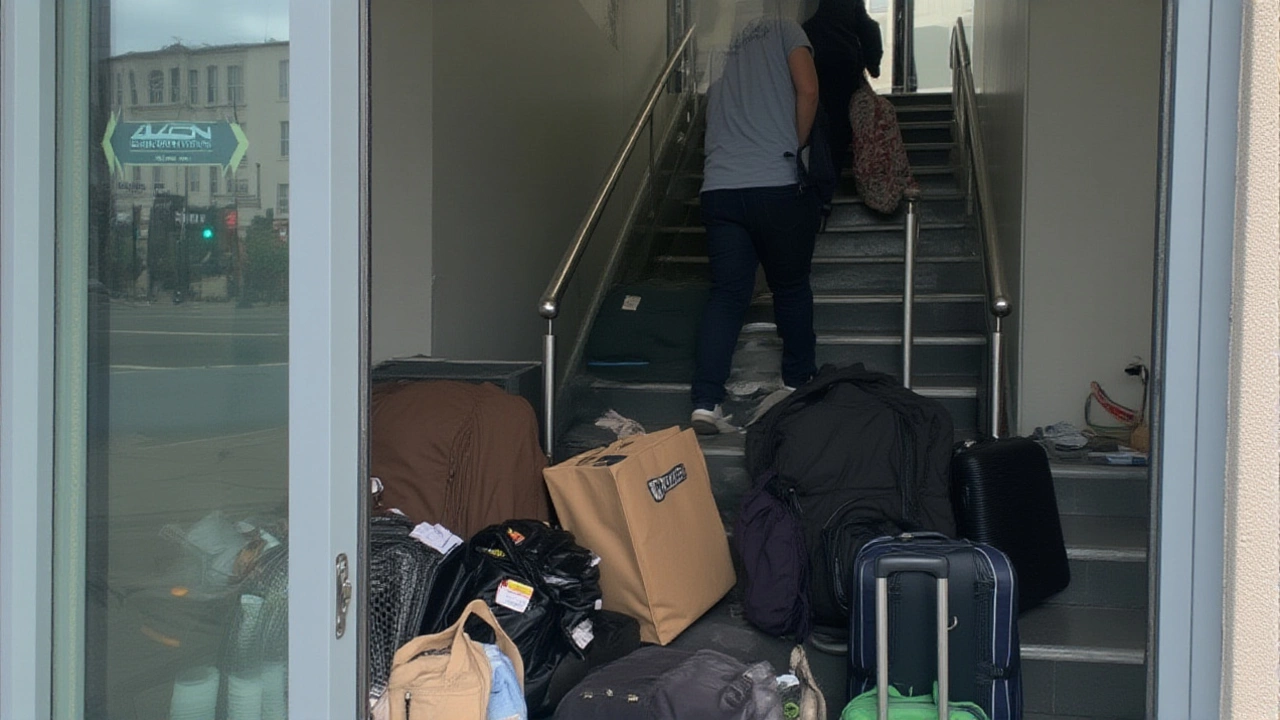Asylum Seekers – Understanding Their Journey and Rights
When talking about asylum seekers, people who have fled their home country and are seeking international protection. Also known as refugee applicants, they often arrive with limited resources and urgent safety concerns.
Another key player is refugee, someone whose life or freedom is threatened because of race, religion, nationality, political opinion or membership in a particular social group. The distinction matters because asylum seekers are in the process of proving that status, while refugees have already been recognized.
Legal frameworks shape every step of this process. asylum law, the set of statutes and regulations that define eligibility, procedure and rights for those seeking protection dictates what evidence is needed, how long the review takes, and what benefits are available during the waiting period.
Underlying all of this is the concept of human rights, the basic liberties and protections to which every person is entitled, regardless of citizenship. International treaties, such as the 1951 Refugee Convention, influence national asylum law and force governments to respect fundamental freedoms.
How Migration Policy Connects the Dots
Migration policy acts like the glue between asylum law and human rights. It sets the overall goals for how a country manages arrivals, decides who qualifies for protection, and balances security concerns with humanitarian obligations. When a government tightens its border rules, it directly impacts the speed and fairness of asylum procedures.
Practically speaking, an asylum seeker often needs legal aid, language training, and housing support. NGOs, community groups, and volunteer lawyers fill those gaps, turning abstract rights into everyday help. This support network is essential because the longer the waiting period, the higher the risk of mental health issues and exploitation.
Data from recent years show that successful claims rise when host nations provide clear information, fast processing, and transparent appeal processes. Conversely, opaque systems lead to backlogs and increased desperation among claimants.
Public opinion also feeds into policy. Media stories that humanize the individual journey can shift legislation toward more compassionate outcomes. On the flip side, fear‑based narratives often result in stricter controls and fewer resources for assistance.
Looking ahead, technology is reshaping the field. Digital case management tools help officials track applications more efficiently, while online platforms enable asylum seekers to share their stories directly with decision‑makers.
All these pieces—legal definitions, human rights standards, migration strategies, and community support—interact to determine whether an asylum seeker can rebuild a safe life. Below you’ll find a collection of articles that dive deeper into each of these aspects, offering practical tips, policy analysis, and personal stories to help you understand the full picture.

Starmer Threatens to Cut Support for London Asylum Seekers Who Refuse Relocation
Starmer warns London asylum seekers who stay in hotels they'll lose housing and cash support, sparking political backlash and concerns over rising homelessness.